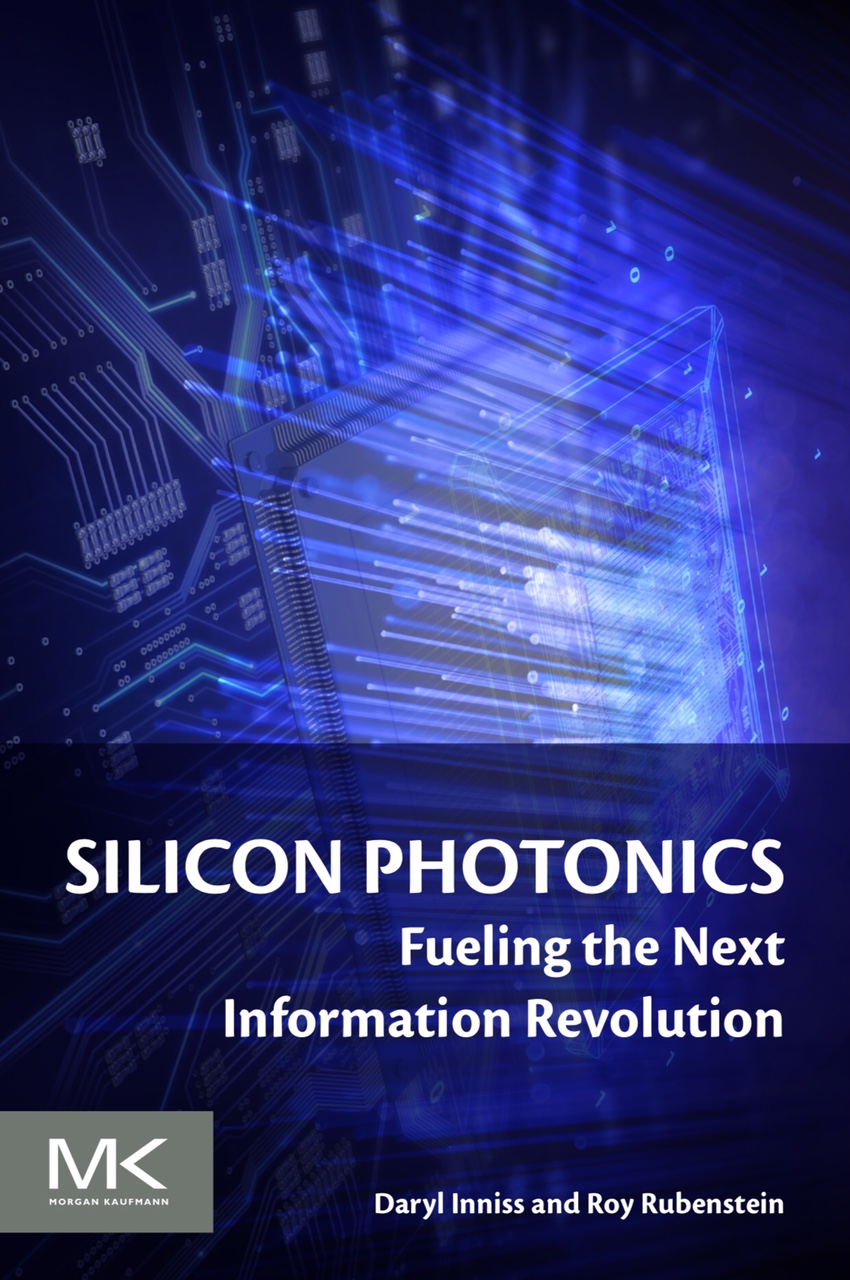PMC unveils OTN framer for IP core and edge routers
 Thursday, November 5, 2015 at 9:27AM
Thursday, November 5, 2015 at 9:27AM PMC-Sierra’s latest Optical Transport Network (OTN) framer chip for IP core and edge routers doubles throughput to 240 gigabit.
The Meta-240G frames IP router traffic using OTN before passing the traffic to the transport network. Line-rate encryption is included on-chip to secure traffic between data centres and traffic in the cloud.
 Source: PMC-Sierra
Source: PMC-Sierra
Adding OTN to a router delivers several benefits, says PMC. OTN helps identify networking faults more quickly and simplifies the monitoring and enforcement of service-level agreements. OTN also includes forward-error correction which benefits optical link performance.





